Four works from the mid-17th century that belonged to the oldest nucleus of Archduke Maximilian of Habsburg ’s original collection and had been kept for years in the deposits of the Superintendency in Trieste have returned to the Miramare collection. Now the works have rejoined the Miramare collection at the initiative of the director of the Historical Museum and Park of Miramare Castle, Andreina Contessa, and to celebrate and present the four paintings, the exhibition Ritorni. The Works of Maximilian of Habsburg Returned to the Miramare Collection, set up in the Red Room of the Winds on the first floor of the Castle.
“This operation has been long awaited and desired because I believe it is essential that the sense of the collection is kept intact and, with it, can be fully understood Maximilian’s taste in the choice of individual works,” said the director. “This is why I thank Superintendent Valentina Minosi and Art Historian Officer Claudia Crosera of SAPAB FVG for making possible the return of the paintings, which represent the oldest nucleus of Maximilian’s gallery and which had been lying in the Superintendency’s storage rooms for years.”
“The return of the four paintings,” Contessa continued, “also represents a further stage in the parallel narrative of Maximilian’s story that we have chosen to do alongside the more well-known and purely historical setting. It is about the archduke’s passion for science and travel, botany and photography. The new chapter opens a glimpse into Maximilian’s eclectic collecting. The reintegration of the works in the Miramare picture gallery is indeed an important piece in reconstructing the formation of Maximilian and Charlotte’s art collection and broadening the horizons of research.”
During the presentation, Alice Cavinato, an art historian and museum official, highlighted how crucial it is to reassemble the collection in order to understand its historical and cultural significance. In fact, the study conducted has made it possible to identify the two main criteria by which Maximilian selected the works in his picture gallery: buying from antiquarians and choosing prominent pieces from the family inheritance.
“Maximilian of Habsburg, an educated and curious man, began at a very young age to collect works and objects of the most varied provenances and types and expanded the collection over the years with purchases, donations, orders and commissions that continued even after his move to Mexico. His choices were directed toward archaeological finds, pictorial and sculptural works; he also allowed himself to be inspired by his passion for the curious and unusual, thus creating a sort of Wunderkammer,” Alice Cavinato explained. “In the Castle apartments, family and representational portraiture alternated with cycles with historical-allegorical landscape and seafaring subjects, and with works of an exotic nature. Helping to visualize this pictorial gallery are the many photographs taken in Miramare’s interiors during the second half of the 19th century.”
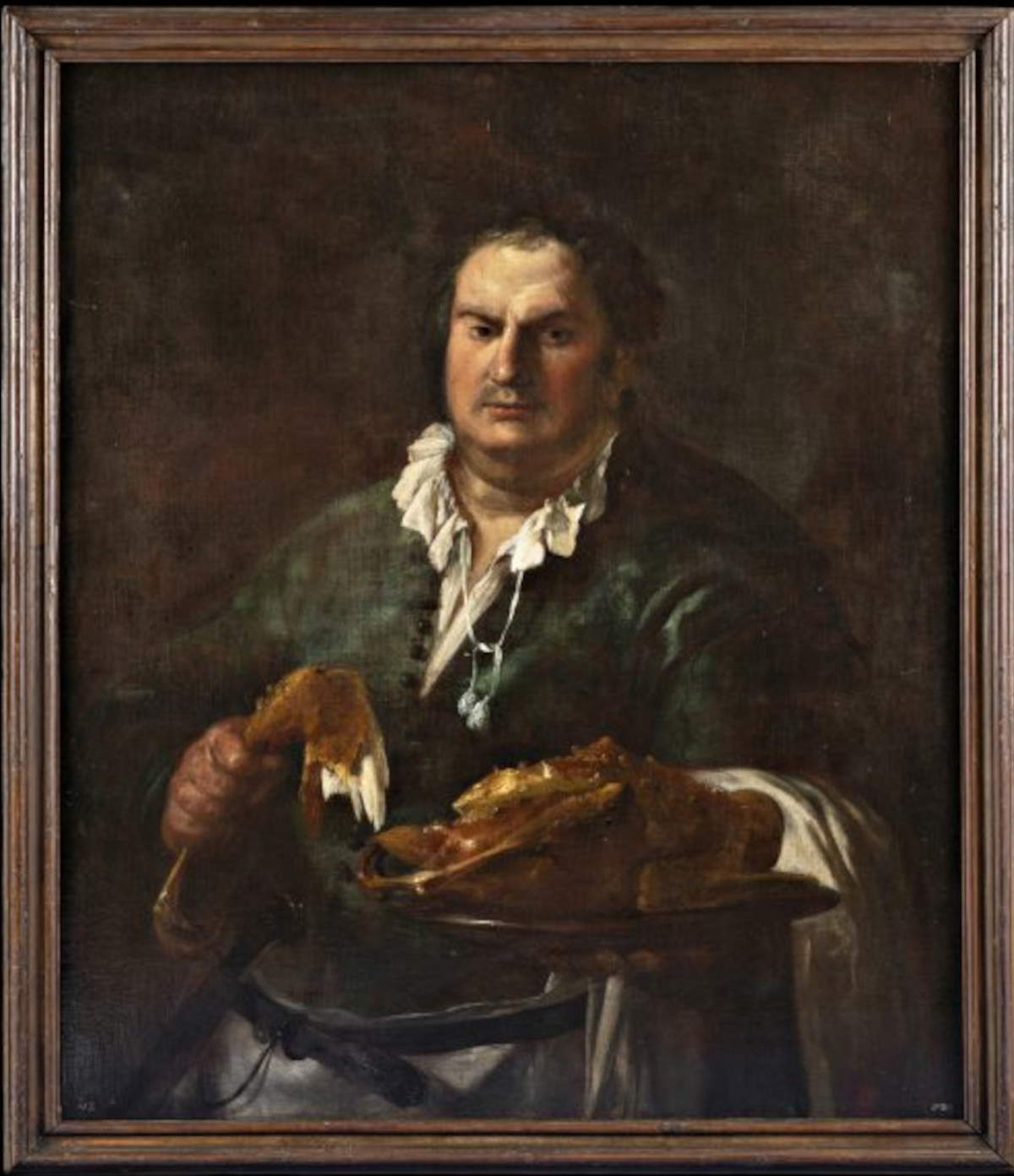
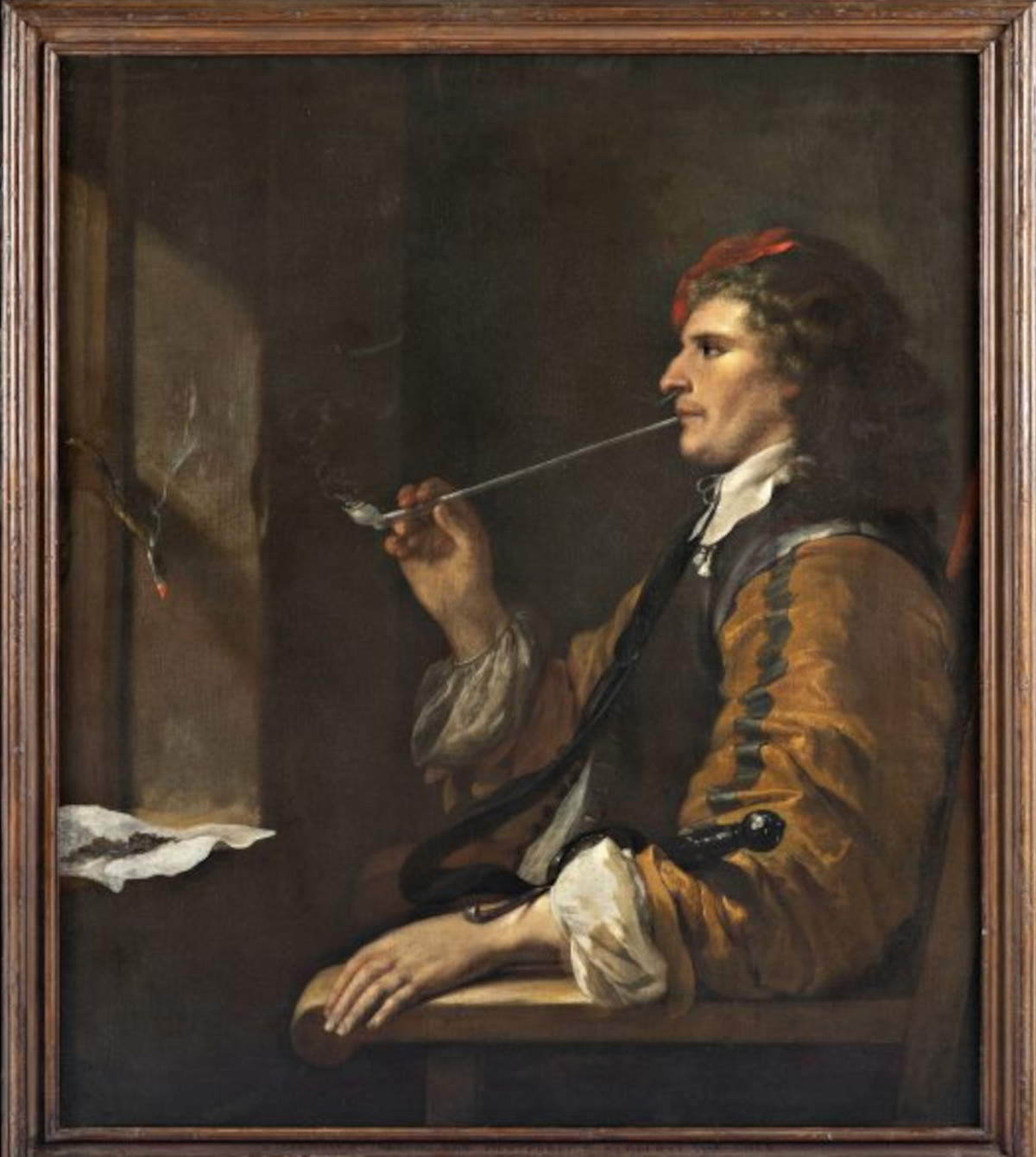
Of the four paintings on display today, the Head of an Old Woman, attributed to the circle of Bernardo Strozzi, was the one first purchased by Maximilian in 1853, while the Portrait of a Man is historically inventoried as a work by Jacopo Bassano. The original location of the two seventeenth-century canvases The Taste and The Odor by Johann Heinrich Schönfeld is unknown, as no period photographs of them have been found.
The recovery of the works made it possible to reconstruct their conservation transitions and placements within the castle from 1860 until the 20th century. Frames made in the 1930s specifically for The Taste and The Smell have also re-emerged.
"Of the original seventeenth-century cycle, alongside the two works that entered the archduke’s collection, it is known that The Tact is preserved in the Kunsthistorisches Museum in Vienna. From recent studies, it emerges, then, that The Hearing has found its way into a private collection based in Zurich,“ Cavinato said. ”Regarding the last of the five senses, The Sight, it turns out that it became part of the collection of the Carvallo family in the early twentieth century and is still exhibited in one of the rooms in the Castle of Villandry, France. The cycle of the five senses was commissioned by Salzburg Prince Archbishop Guidobaldo Thun (1616-1668) and became part of the pictorial collection of his Salzburg residence. Inventories of the archbishopric document the cycle’s presence in the 18th century as well, confirming its attribution to Schönfeld. Beginning in 1806, a core of this pictorial collection was transferred to Vienna and is partially attested in the Belvedere’s nineteenth-century catalogs. The presence on one of the historic frames of the inscription “Maximiliam Erzherzog von Österreich Kurfűrst von Koln,” or Maximilian Franz Archduke of Austria, the last son of Maria Theresa of Austria, testifies to the painting’s belonging to the House of Habsburg."
Today these four paintings are once again part of the Historical Museum’s collection. A visit to the exhibition is included in the Museum’s entrance fee.
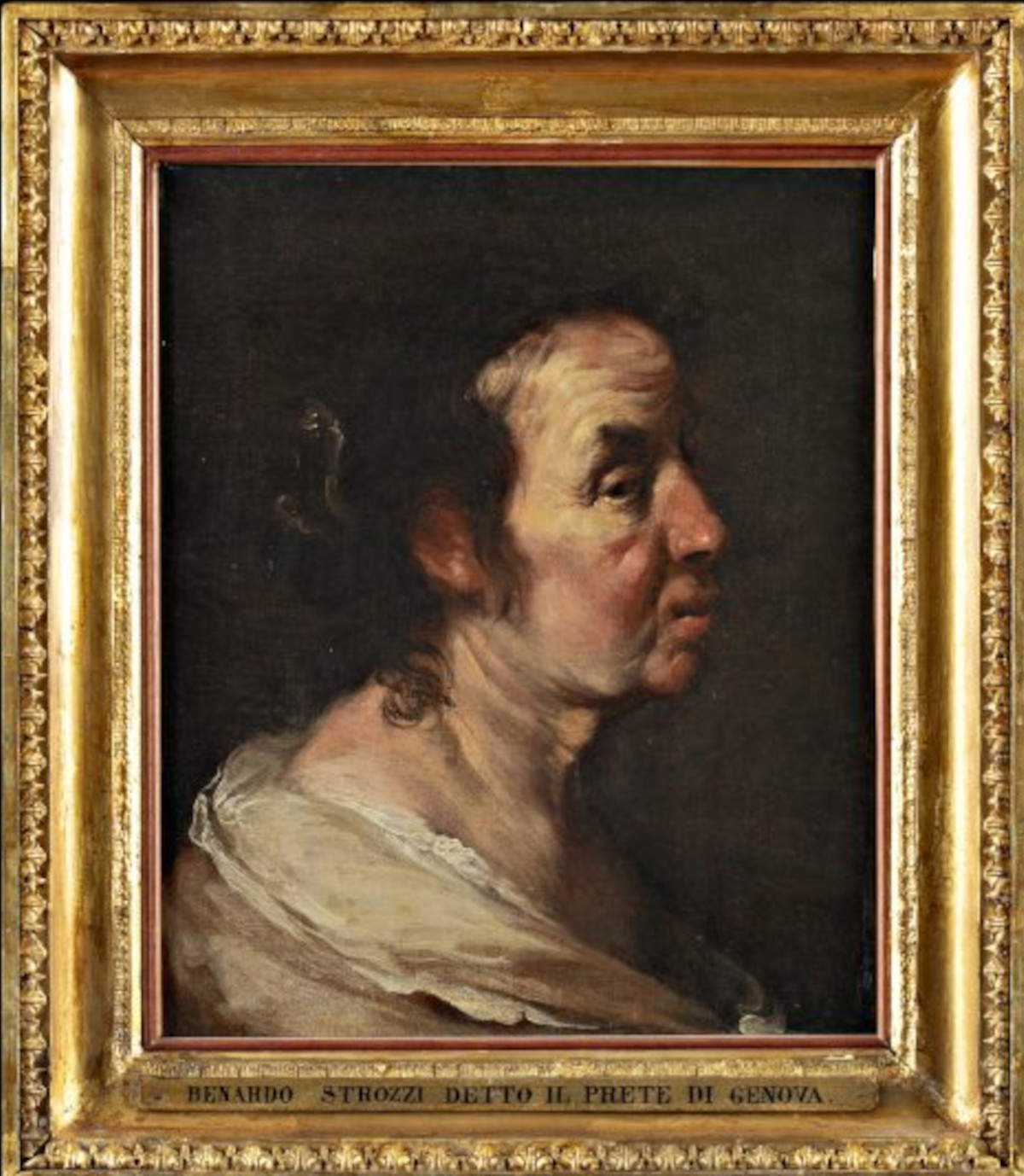
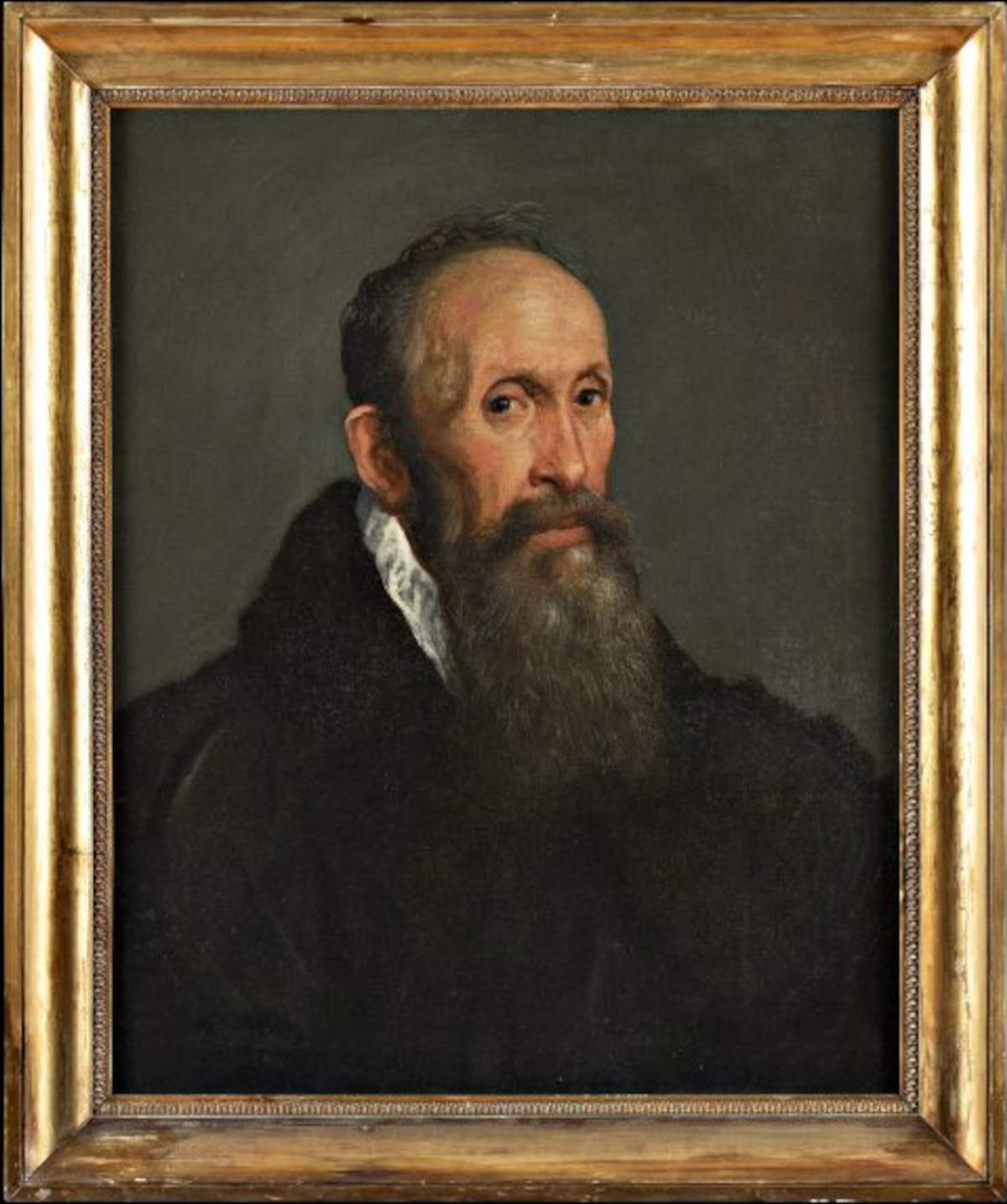
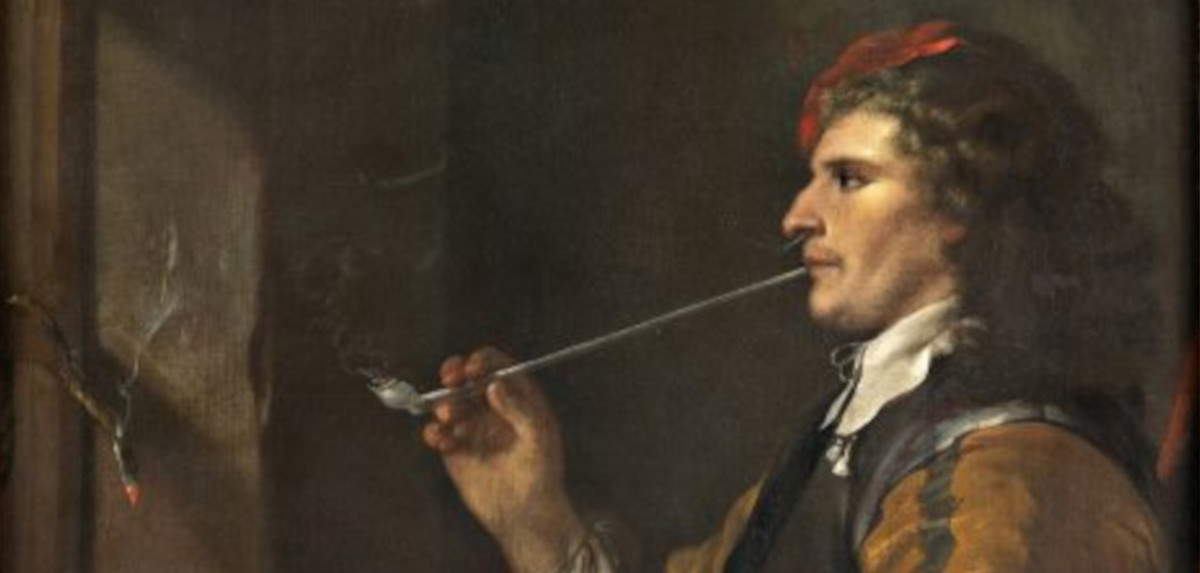 |
| Trieste, four works by Maximilian of Habsburg returned to Miramare Castle collection |
Warning: the translation into English of the original Italian article was created using automatic tools. We undertake to review all articles, but we do not guarantee the total absence of inaccuracies in the translation due to the program. You can find the original by clicking on the ITA button. If you find any mistake,please contact us.